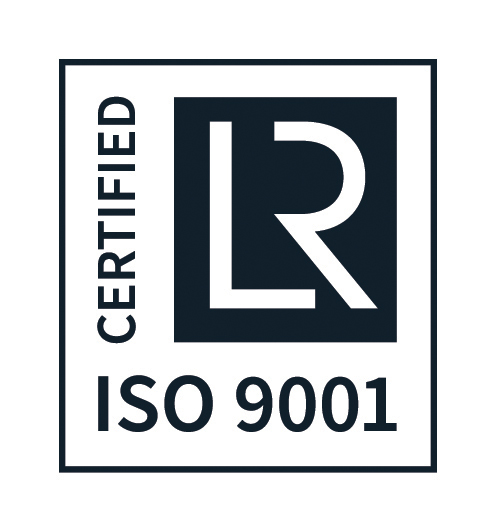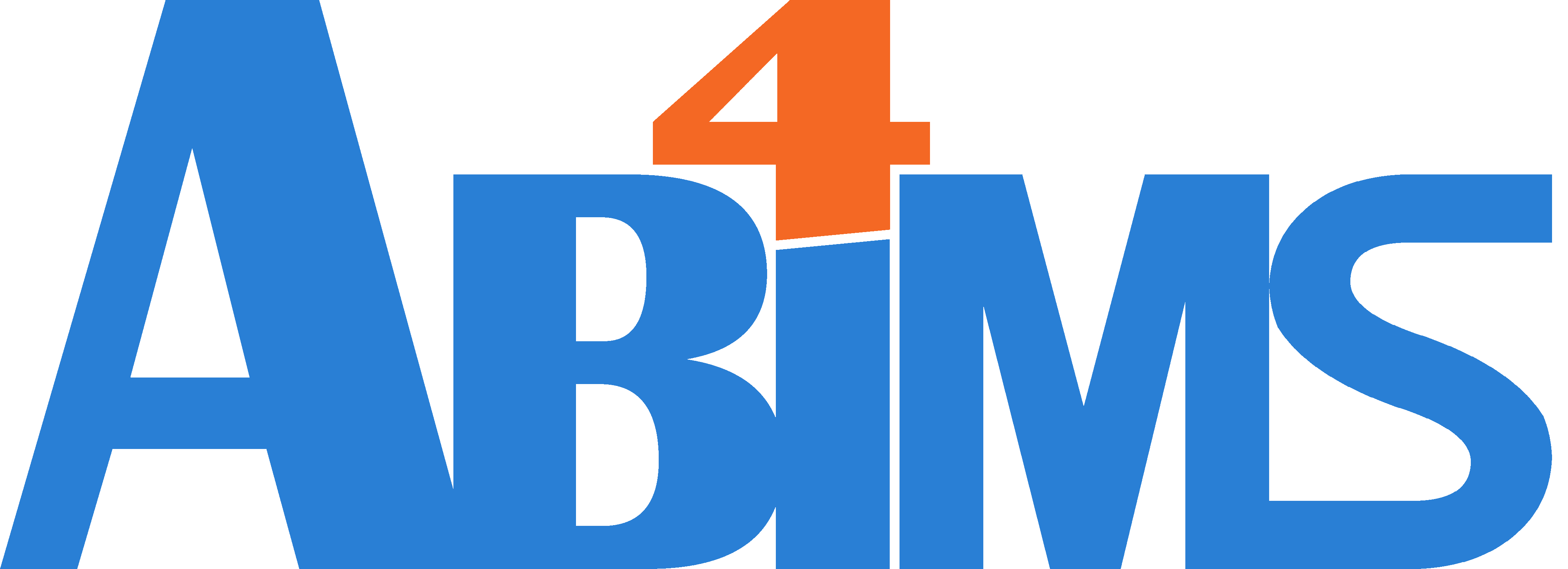
Databases
The ABiMS team has been developing on-line databases for over ten years, mainly but not exclusively for scientific (or science related) projects. The following list gives an overview of these in-house developed databases.
Benthobs Portal : The Benthobs Web portal is the entry point for browsing/searching and downloading long-term time series about benthic communities. The portal is operated in the framework of the Benthobs National Observation Service (certification pending) by the SBR and IFREMER. ABiMS provides the data ingestion and web service based publication services as well as data extraction mechanisms allowing the download of standardized datasets.
Benthobs databasing web application : The Benthobs databasing web application provides the Benthobs SNO community with a tool to manage the data that is collected about long-term benthic community surveys. The underlying database is used to fuel the Benthobs Portal.
CBM : The Cahiers de Biologie Marine are a journal published by the Station Biologique de Roscoff. The web application allows users to browse/search through the journal issues, and subscribers to download PDF files of every article. It also provides back-end enabling the library personnel to manage article upload, subscriptions and collect statistics about article popularity.
ChanneLIS : The Channel Library Information System was an INTERREG-IV funded project resulting in the development of the ChanneLIS database. This database collects bibliographic information about channel-related literature with an emphasis on “grey literature”. The Web application allows searching for bibliography entries from classical criteria (authors, publishers, publication dates…) but also from more specific criteria such as pre-defined channel geographical areas, taxon names or thesaurus terms. The back end provides functionalities for curating these bibliographical entries after their automated extraction from local databases/files.
Cyanorak : Cyanorak is an information system supplemented with a set of analysis tools dedicated to the comparative genomics of marine cyanobacteria. It hosts data about clusters of proteins computed by an ABiMS developed pipeline from about 100 genomes of completely sequenced cyanobacteria. The web application allows browsing/searching for specific clusters and/or proteins. It also provides a back-end for curators to enhance the quality of sequence and cluster annotations.
GISM : Upon the request of the Service Mer, the ABiMS platform has developed the Gestion des Interventions du Service Mer web application. It has been designed to support the collection and management of information related to service requests about the usage of resources provided by the Service Mer (species collection, scientific diving, vessel usage and reservation). Users describe their needs by filling a form which is then processed with the application’s backend by members of the Service Mer.
High-Frequency Data Repository : For several years now, oceanographic data is collected by researches of the Station Biologique de Roscoff by various pieces of equipment (Ferryboxes on board of two ferries, sensor-equipped buoys, underwater probes, weatherstations). ABiMS has developed a data repository integrating measurements coming from these sources and offering consolidated views to the general public (graphs retracing the evolution of sensor values over time), as well as an access to the raw data with means to extract subsets of the series to scientific partners of the project.
Inventaires : The need to collect observation data related to local species has led to the development of the Inventaires web application. Its current version, entirely re-developed by the ABiMS team, stores detailed information about over 3,000 observed specimen covering about 1,800 taxons. The web application provides the functionalities for “observers” to add descriptions of specimen they spot in the field. Visitors can use the application to look for these observations using various criteria (location, taxon or other).
MetDB : METdb is a comprehensive resource for Marine Eukaryotes Transcriptomes. All data is processed following the same standardized de-novo assembly and annotation pipelines (https://github.com/mscheremetjew/workflow-is-cwl/tree/assembly/), providing a useful reference for biologists.
Pelagos : The Pelagos database is the result of a collaborative effort driven by the Réseau des Stations et Observatoires Marins (RESOMAR). It stores biodiversity data from coastal pelagic ecosystems (including time series). One of its goals is to exploit the biological information that has been acquired to answer scientific questions for instance relative to factors controlling distribution and abundance of pelagic organisms on different spatial and temporal scales.
PHYTOBS Web Portal : The PHYTOBS Web portal is the entry point for browsing/searching and downloading long-term phytoplankton biodiversity time series. The portal is operated in the framework of the PHYTOBS National Observation Service by the SBR and IFREMER. ABiMS provides the data ingestion and web service based publication services as well as data extraction mechanisms allowing the download of standardized datasets.
Renkañ : The Renkañ application is used by the planktonic symbiosis research team at the Station Biologique de Roscoff to organize and share information on Radiolarians specimens available in the lab. Samples are composed mainly of single cells collected and isolated worldwide before to be processed in the lab. Information on collection procedures, location, morphology and molecular markers are provided for each specimen.
RoskoBaz : The RoskoBaz project aims at offering a unified set of tool to manage (meta)genomic marker sequence data, supplemented with contenxtual data previously scattered in 4 distinct databases. It relies on a standardized data model encompassing the data models of the four primary databases, linking them together in a consistent way. It also aims to provide tools for the (semi-)automated update of marker data through harvesting and curation of publicly available resources with marker data.
SulfAtlas : Widespread in nature, sulfated biomolecules are highly diverse in chemical structure and biological function. The SulfAtlas database describes the families and subfamilies of structurally-related sulfatases. Subfamilies are created based on phylogenetic analyses and essentially correspond to different substrate specificities. The database describes over 4,500 sulfatases distributed in over 70 families and subfamilies.
SulfAtlas-HMM : A companion web site to the SulfAtlas web site, allowing users to submit sequences and to examine their classification wrt. the SulfAtlas sulfatase (sub-)families using HMM profiles.
Tadoussac : Tadoussac is a LIMS-like web application (with restricted access). It has been developed to manage information about overexpression and crystallization experiments. This information includes description of plasmids and genes, and results of expression experiments.
TARA Data Portal : In order to provide a means to look for publicly available data related to data collected during the TARA cruises, the Tara Data Portal harvests dataset descriptions from various sources and offers a web interface to query these descriptions according to a wide range of criteria (data type, geolocation, data provider). It also offers the possibility to extract subsets of a selected set of reference data (rows / columns of more comprehensive datasets).
